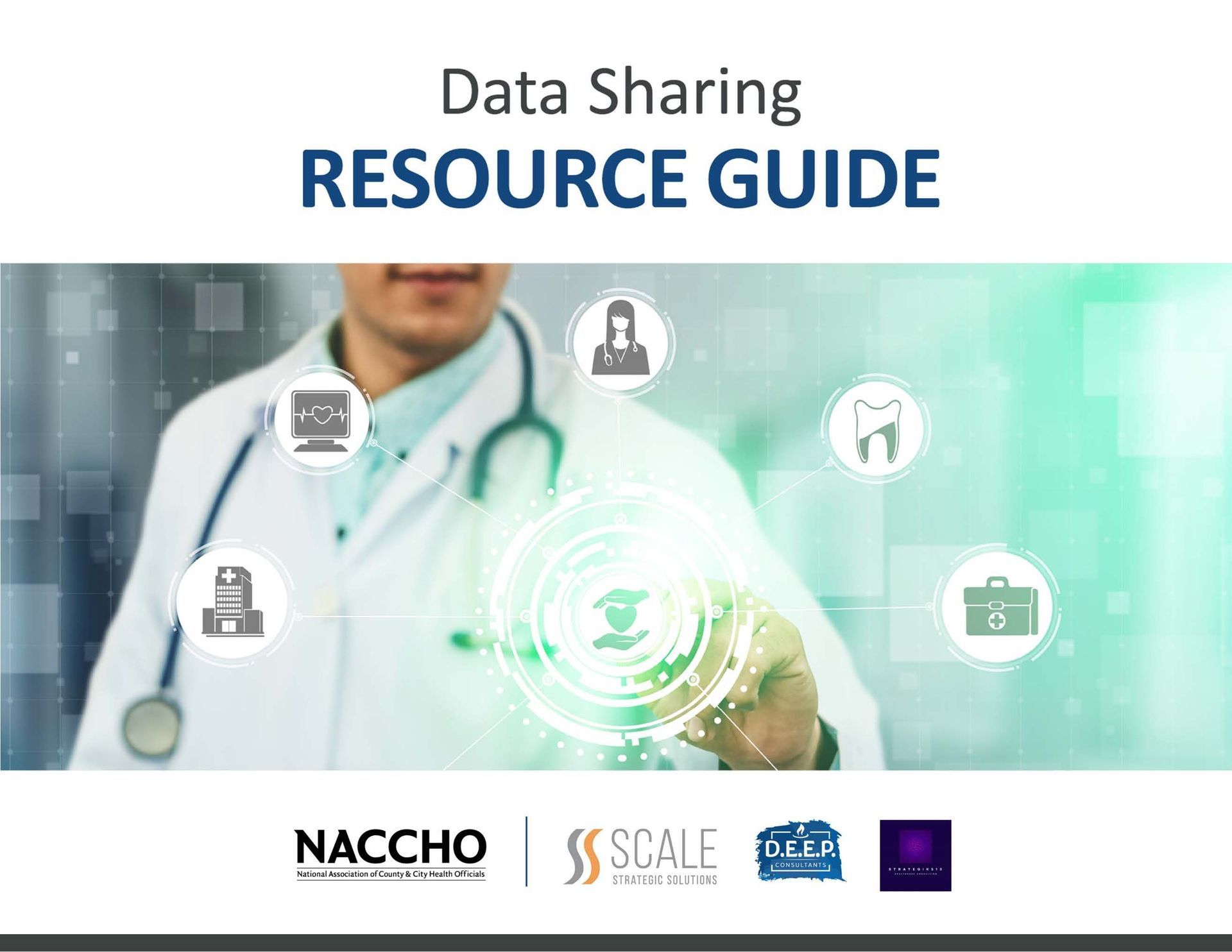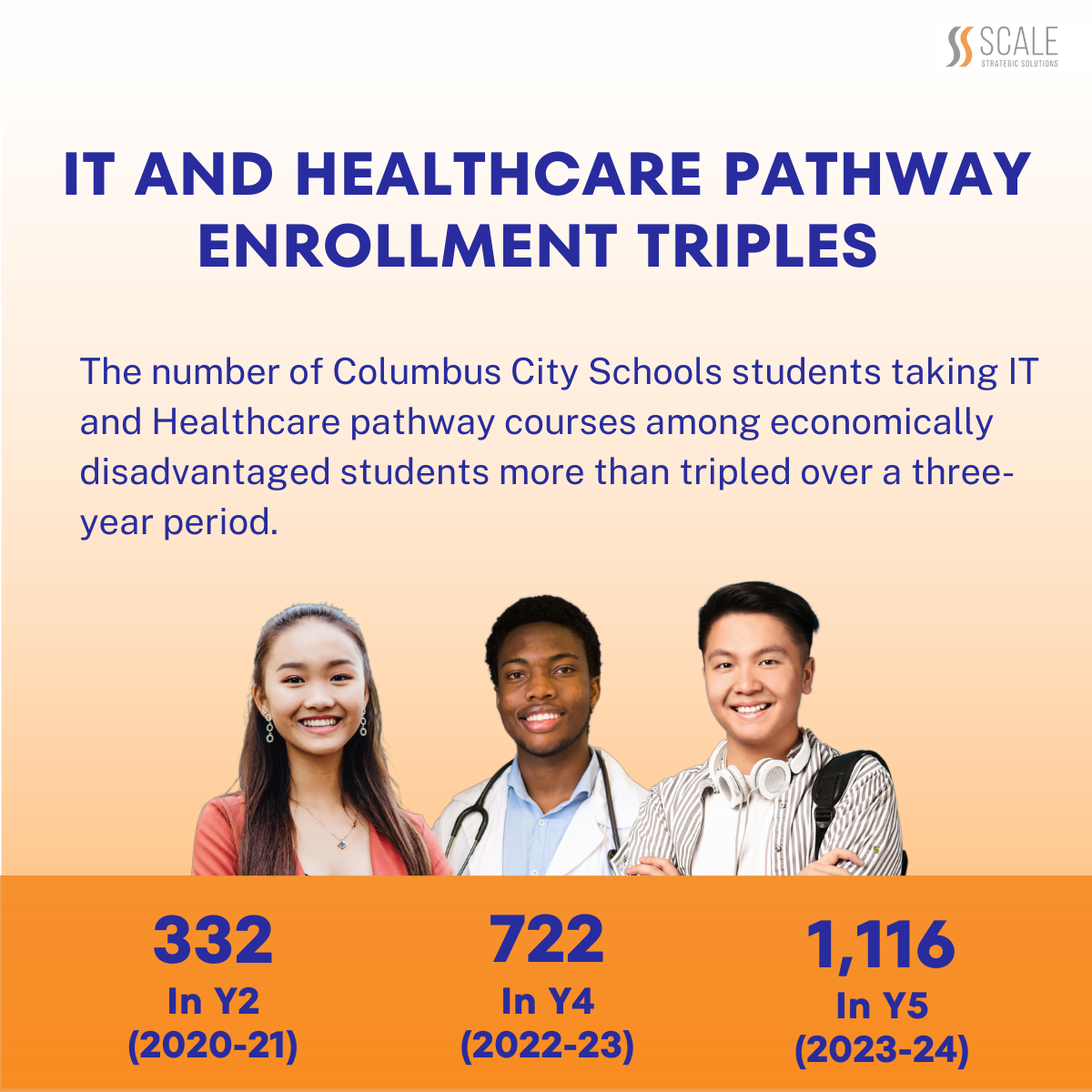The State of Ohio has established a Complete to Compete Ohio goal, which states that “By 2025, 65% of Ohioans ages 25-64 will have a degree, certificate or other postsecondary workforce credential of value in the workplace.” Scale Strategic Solutions initially worked with the Ohio Department of Higher Education starting in 2015 to facilitate a work group that recommended the goal which was later embedded in legislation and adopted by the board of regents. This ambitious goal is important because increasing the number of Ohioans with post-secondary credentials will result in increased career opportunities, stronger communities, a more robust tax base, a healthier economy, less reliance on public assistance, and a more competitive position in the global search for talent and investment.
Making Good Things Happen
A blog that informs our clients about real world topics related to what we do as Scale Strategic Solutions!
Complete to Compete Ohio Initiative
This year we partnered with Philanthropy Ohio to help advance the Complete to Compete Ohio initiative.
By 2020, 64% of jobs in Ohio will require some post-secondary credential. Just four out of 10 Ohioans currently have the knowledge, skills and credentials needed to fill the majority of high skill, in demand jobs today and in the future. This workforce “gap” has created an urgent need to increase the number and percentage of Ohioans with a postsecondary degree, certificate or other credential of value in the marketplace.
Scale then partnered with Philanthropy Ohio and the Ohio Attainment Steering Committee to plan and implement social media strategies and regional meetings across Ohio to discuss these topics, highlight practices that are working, and help communities take the next step. Some of the strategies that Complete to Compete Ohio and its partners are concentrating on is:
- Giving K-12 students a head start on earning a post-secondary degree or other post-secondary credential, reducing the time and cost of earning a degree or certificate.
- Identify pathways for adult nontraditional students to return to school and receive credentials.
- Strengthen efforts to prioritize and incentivize positive outcomes
- Help traditional and non-traditional students be successful in not only going to college, but also completing college.

In today’s data-driven world, local health departments (LHDs) play a critical role in shaping community health and advancing equity. Yet, to do this effectively, they need more than just national trends, they need access to localized, granular data that reflects the real conditions on the ground. Data sharing is not only a technical challenge but a strategic community-focused practice. When LHDs collaborate with community organizations such as schools, hospitals, social service agencies and law enforcement, they unlock new pathways to address public health challenges more effectively. Local data allows communities to identify emerging health threats, evaluate the impact of programs, and understand how the Social Determinants of Health influence well-being. Scale Strategic Solutions, in partnership with D.E.E.P. Consultants and Strategik513, is proud to announce the development of a robust, strategic roadmap designed to support public health professionals in leveraging data to improve population health outcomes and reduce disparities. Our team of subject matter experts collaborated closely with the National Association of County and City Health Officials (NACCHO) and local health departments to gain firsthand insights into the challenges and opportunities surrounding data sharing practices. This discovery process informed the creation of two key resources aimed at building data capacity in the field. The "Increasing Data Sharing Capacity for Local Health Departments" asynchronous training, alongside the complementary Data Sharing Resource Guide , are now available on NACCHO University , the organization’s online learning platform. At Scale, we are committed to advancing the culture of data sharing within public health ecosystems. These resources were developed to meet practitioners where they are, offering flexible, high-impact tools to drive meaningful improvements in health equity and data-driven decision-making. If your organization is interested in learning more or would benefit from a customized training solution tailored to your specific data sharing needs, we invite you to contact us . Together, we can empower local health leaders with the tools and knowledge needed to transform data into action.












